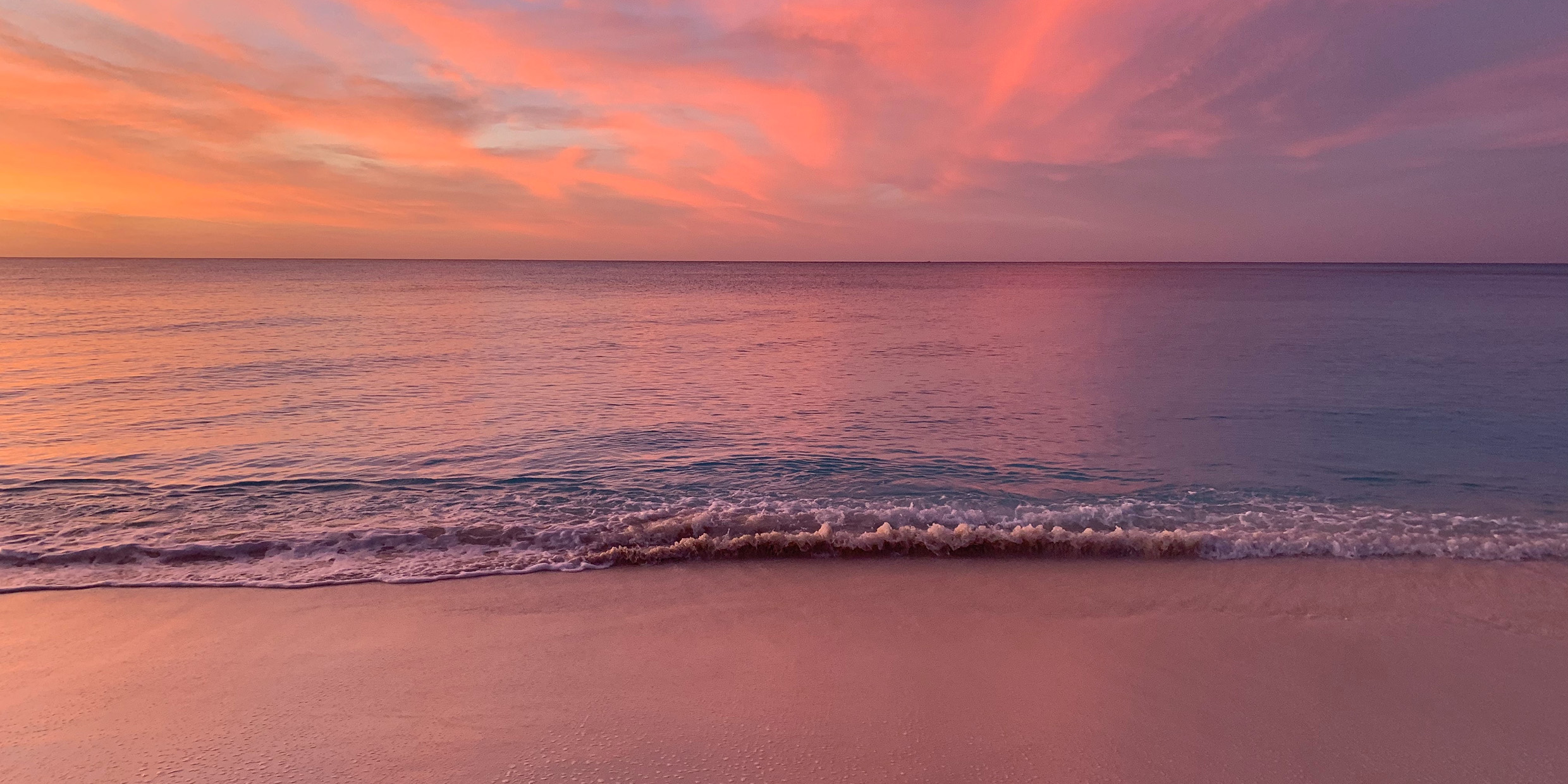Originally published 16 March 1998
EXUMA, Bahamas — Two cultural threads from the ancient world came together during the European Renaissance: the Greek genius for disinterested curiosity about the natural world, best represented by the mathematical geographers and astronomers of Alexandria; and the Roman genius for conquest, administration, and technology.
From this potent confluence of traditions, the Scientific Revolution was ignited, and the modern world was born.
Armed with gunpowder, compasses, sea charts, mathematical astronomy, and superb sailing ships, Europeans set out to discover and subdue the world. They were driven by curiosity, adventure, greed, and an arrogant sense of religious and cultural superiority — in short, by the best and worst of human motivations.
On October 12, 1492, three ships with billowing sails appeared just east of here. The people of the Bahamas, the Lucayans, must have gaped in wonder at the strange apparition — great birds furling their wings, delivering gods from the sky. They quickly overcame their surprise and welcomed the visitors.
At the time of first European contact, there were perhaps 50,000 to 80,000 people living among these islands, about the same density as today, excluding the centers of Nassau and Freeport.
Twenty-one years later, in 1513, Ponce de Leon sailed through the Bahamas on his way to Florida in search of riches, slaves, and the mythical Fountain of Youth. He encountered only one old man in all of the islands. Within two decades, the Spaniards had captured and deported virtually every Lucayan to work as slaves in the gold mines of Hispaniola and the pearl fisheries of Venezuelan coastal waters. Most of the transplanted Lucayans died of malnutrition, harsh treatment, or of European diseases, against which they had few defenses.
Seldom has extinction been so complete. A people had vanished from the Earth.
How does one bring a lost people back to life?
We have the reports of the Spaniards, beginning with Columbus, who alternately describe the Lucayans as handsome, carefree, and friendly, or naked, savage, and of small intellect, depending upon the desired effect of the reports. In other words, the written records are so corrupted by propaganda that they are relatively useless as historical evidence.
That makes the reconstruction of the Lucayan people a task for archeologists. Unfortunately, there is no conspicuous evidence anywhere in these islands of the Lucayans’ presence, nothing to attract the attention of an Indiana Jones. They left no temples, no monuments, no tombs rich with funerary goods. No golden idols lay buried in Bahamian sands.
The Lucayans led a Club Med kind of life: scant clothing, sun, seafood, drink, beads, thatched villas. Their imprint on the landscape was gentle, and when they were exterminated by European greed, they left few traces behind.
Fortunately, there are academic researchers who relish the challenge of reconstructing a lost people from fragmentary evidence, and the last several decades have seen a careful survey of the islands for archeological sites. More than 500 Lucayan habitation sites have now been identified, and many have been carefully excavated.
Large artifacts are rare. A single mahogany canoe has been found, probably crafted to accompany the burial of an important person. A couple of paddles. Some wooden stools, most likely used as symbols of chiefdom.
For the rest, it is the usual nitty-gritty of archeology: tools of stone, bone or shell; markings in the earth where house posts have long since rotted away; food middens; fire pits; jewelry and artifacts of personal adornment; skeletal remains.
From the human skeletons that have been found, it would appear that the Lucayans lived long and healthy lives. Several individuals were more than 60 when they died. Most males were over 40. Childbearing took a heavy toll among women, but that was universal in those days. Only two skeletons show any kind of pathologies, both conditions probably caused by diving for fish or shellfish in deep water.
Food from land and sea seems to have been plentiful.
It would seem that the Lucayans enjoyed pretty much the kind of lifestyle that brings tourists to these sun-drenched islands today.
Then the billowing sails appeared on the horizon, and within a generation the islands were empty.
There are layers of irony here. It was geographical and astronomical knowledge acquired by the Alexandrians and recovered by Europeans at the time of the Renaissance that made it possible for Columbus and his successors to cross the Atlantic and exert their domination. In a sense, it was science that sealed the fate of the Lucayans.
Knowledge is power for those who know how to use it, and knowing how to use it was the uniquely European innovation that gave rise to the worst excesses of European cultural, religious, and political imperialism.
But the Alexandrian tradition of knowledge for knowledge’s sake is still alive, and that is what brings archeologists to these islands, to dig in the sand, sift for slight evidence of human habitation, then painstakingly reconstruct a lost people.
It would be better, of course, if the Lucayans had not been obliterated, but fortunate that they are not entirely forgotten. Two faces of the same scientific quest.



